The main highlight of the next Eurosatory 2022 defense exhibition held from June 13 to 17, 2022 in Le Bourget (France) was the presentation by the German Rheinmetall group of its promising KF51 Panther main tank. The online edition of EDR On-Line magazine "EDR Magazine" published interesting material Paolo Valpolini "Rheinmetall’s first MBT: the Panther" with details of the KF51 Panther project.
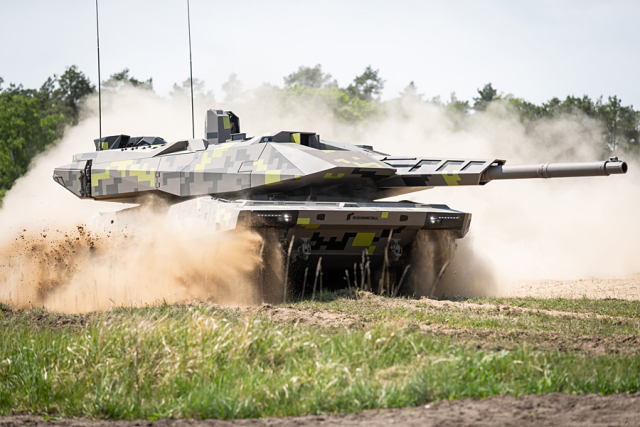
The promising KF51 Panther tank of the German Rheinmetall group (c) Rheinmetall
In recent years, the Eurosatory exhibition has been marked by the presentation of new armored tracked vehicles manufactured by Rheinmetall. Following the 30-ton armored vehicle KF31, it was the turn of the 40-ton BMP KF41, the starting customer of which was Hungary, whose program is currently in full swing and which participates in tenders in other countries.
After an unusual four-year break due to the pandemic, a new "KF" appeared at the Paris 2022 exhibition - KF51, an abbreviation meaning KettenFahrzeug, that is, "tracked vehicle", the number showing the mass was increased to the next level, that is, the class of 50 tons is meant.
However, the index KF51 did not last long, as at 2 o'clock on the first day of the exhibition it turned into the name Panther. "This is the first main tank fully developed by Rheinmetall," Rheinmetall CEO Armin Papperger said at the presentation ceremony, stressing that the Panther "will change the rules of the game on the battlefield of the future." Firepower, protection and digitalization were listed in this order by the CEO of Rheinmetall, who stressed the importance of the network in spreading information from soldiers to platforms and vice versa. "We are also looking at autonomous drive in the future," he added.
Panther is based on the mobility elements [chassis, engine and transmission] of the Leopard 2 tank, but the rest of the hull and, of course, the turret are completely new. "Our goal was to significantly increase combat power, increase survivability and add a digital highway," Alexander Kurt, director of the tracked vehicle product portfolio at Rheinmetall Landsysteme, told EDR On-Line. At the presentation in Paris of EDR On-Line, it became known that in the future Panther will be equipped with a new, possibly more powerful and less voracious engine.
A completely new main component is the turret, armed with a newly developed 130 mm cannon, which is the key to a significant increase in the striking effect. "We strive to deliver energy of 18-20 MJ to the target," explained Christoph Henselmann, Senior Vice president of BU Weapons and Munition and head of the Direct Fire product portfolio, adding that this was the level achieved in the past in the 140 mm FTMA (Future Tank Main Armament) cannon developed by RGR Armament GmbH., was a joint venture created by the then GIAT Industries of France (now Nexter), Royal Ordnance of the United Kingdom (now part of BAE Systems), and Rheinmetall Weapons & Munitions of Germany. For comparison, the latest modification of subcalibre armor-piercing 120 mm shells developed by Rheinmetall hits a target with a power of 12-13 MJ. Detailed information about the work being carried out at Rheinmetall on the new 130 mm cannon was provided to EDR On-Line by Mr. Henselmann in the spring of 2021. Some significant improvements were made last year. "Now we have a 2.0 gun, which has even better accuracy, much greater than that of 120 mm guns, which is a key factor, given that promising tanks will have to fire at twice the distance than the current ones," explains Mr. Henselmann.
"Another important step forward is the automatic loader, which last year was just a functional demonstrator, and now is a fully working prototype," he adds. According to the data provided, a 130-mm unitary shot will have a mass of about 40 kg, and the sub-caliber projectile itself will have a mass of about 32 kg. Currently, Rheinmetall has produced a number of prototype shells, but has not continued development, waiting for what will happen with the choice of caliber. "Of course, we will use the technologies developed for our new 120 mm armor-piercing sub-caliber shells, in a larger caliber, obviously, a high-explosive programmable projectile is also being considered. Some customers asked for an anti-bunker shell, but we must take into account that the automatic loader can accommodate a limited number of shots. Therefore, having too many types of shots may not be the optimal choice. The automatic loader was designed and manufactured by Rheinmetall Air Defense (formerly Oerlikon, Switzerland), and delivered to Unterluss in February 2022, where it was immediately installed in the tower to check for integration problems. Then it was removed and connected to one of the prototypes of the gun to test the trouble-free delivery of shells. The first launch of the assembled kit took place on April 27. After the Eurosatory, the automatic loader will be installed in the turret again and will be tested at the military training ground to check possible problems that need to be solved in order to work out a reliable supply of shots.
"The automatic loader can hold up to 20 shots," explained Alexander Kurt, adding that the system consists of three elements, one of which in the middle provides the selection of designated ammunition and their loading into the gun, and two side magazines contain 10 shots each. There are two feeding trays in the back of the tower to replenish them, the whole operation takes about five minutes. When developing the Panther, Rheinmetall carefully considered modularity to allow the military to adapt the tank to real combat scenarios; for example, at Eurosatory 2022, one of the shot magazines was replaced with a magazine with four Israeli uVision HERO 120 barrage ammunition, in accordance with an agreement concluded with the Israeli developer of the Rheinmetall group, RWM Italia. It is unclear how much tank units will need such an opportunity. What will certainly be desirable for Panther is the ability to take over the control of aerial and ground unmanned vehicles that will be launched from various machines - the concept of a "faithful slave", which is considered by the developers of Rheinmetall. Nevertheless, Panther has integrated close-range aerial reconnaissance capabilities: two small UAVs with a range of several kilometers and a 30-minute flight duration are placed on each side of the tower and launched if necessary for reconnaissance in front of the tank. On the Eurosatory, one of these devices could be seen on the right side of the tower. This is a quadcopter that can also be launched manually, it is designed and manufactured by a third company in accordance with the requirements of Rheinmetall, and the Electronic Solutions division ensures its full integration on the tank.
All this is possible thanks to the new digital backbone, which makes it easy to integrate additional functions. Panther is equipped with standard workstations for crew members, consisting of a 23-inch main screen on top and two 10-inch screens below it, on which information can be displayed depending on the role of each crew member. The Rheinmetall tank has a crew of three plus optionally one more; the driver-mechanic sits in the front left part of the hull and has full situational awareness thanks to the virtual view provided by external all-round cameras. To be used for driving, this system must have a very low video delay, which, according to Rheinmetall, is less than 60 milliseconds. There is an additional place on the right side of the hull, which can accommodate a crew member responsible, for example, for working with unmanned systems, or a platoon or company commander who coordinates the actions of the unit. The tank commander and the gunner are located in the tower. Initially, it was decided to keep the inhabited tower. Currently, the placement of the gunner is somewhat different from other tanks, in order to use the installed EMES 15 gunner sight, which imposes some restrictions, however, if the customer does not need this sight, then the standard placement of the gunner can be accepted.
The current mass of the turret is comparable to the mass of the Leopard 2 tank turret, although the gun is heavier. "We managed to keep the mass under control," Alexander Kurt told EDR On-Line, "by working on the protection of the tower, which now consists of three levels: an active protection complex, effective against both anti-tank missiles and kinetic ammunition; built-in dynamic protection; and, finally, passive booking; and we added roof protection, which is not based on a dynamic solution." Since low visibility is the first protective measure, some undisclosed signature reduction/management techniques are already included in the project, while others may be added.
Direct protection is provided by a 12.7 mm twin machine gun, as well as a remotely controlled combat module [Natter], which can be installed above the turret as an option, as well as the installation of the Main Sensor Armored Armament (MSSA) system, which allows the commander's panoramic sight to be used as a remote-controlled combat module.
The digital highway complies with the NGVA (NATO Generic Vehicle Architecture) standard, which simplifies integration. As an example, representatives of Rheinmetall explained that in two days they managed to test two different commander's sights from two different suppliers on the tower. From the very beginning, the architecture of vetronics was developed with cyber protection in mind. In the future, Panther will receive spiral updates in terms of software capabilities with the addition of artificial intelligence elements, the purpose of which is to be able to automatically detect, classify and identify a target by the end of the decade, only requesting confirmation from the crew to open fire. Elements of HUMS (Health and Usage Monitoring Systems - health and condition monitoring system) are already built into Panther.
As already mentioned, the tank's hull protection was upgraded using the same concept as for the turret, however, the design imposed some physical limitations, since the Panther turret has the same shoulder strap diameter as the Leopard 2. "In 2021, we conducted extensive tests of the 130 mm cannon on the chassis of the Challenger tank, and although the recoil was a little higher, there were no problems with the hull," Christoph Henselmann told us.
"We are already looking at the future, considering options equipped with an uninhabited turret," the company's CEO said at Eurosatory, adding that serial production of the tank should begin in 30 months, when Rheinmetall considers it possible to receive the first orders. Delays in the development of the German-French tank under the Main Ground Combat System program and the emerging tank threat on the eastern border of Europe highlight the role of tanks, despite the obviously poor characteristics of Russian tanks demonstrated in the first two months of the war in Ukraine. Rheinmetall's initiative can be well received. Panther, whose weight, according to EDR On-Line, does not exceed 59 tons, may have good prospects ahead. The designation KF52 has already surfaced during discussions, but that will be another story.
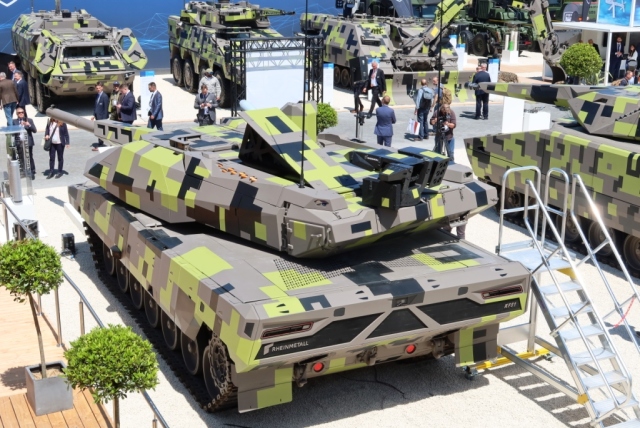
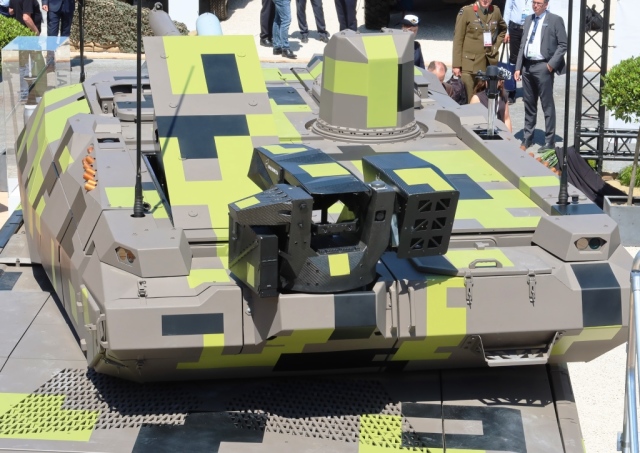
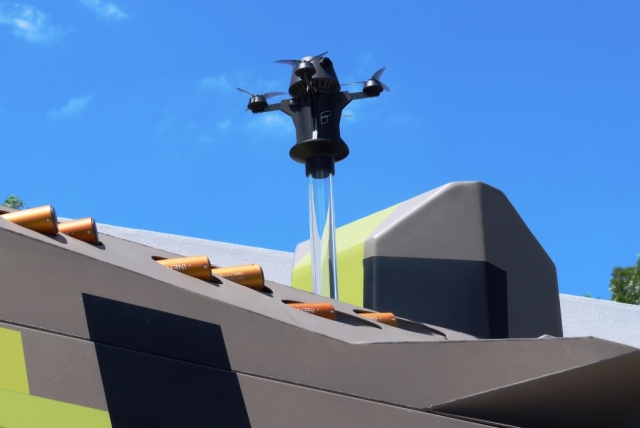
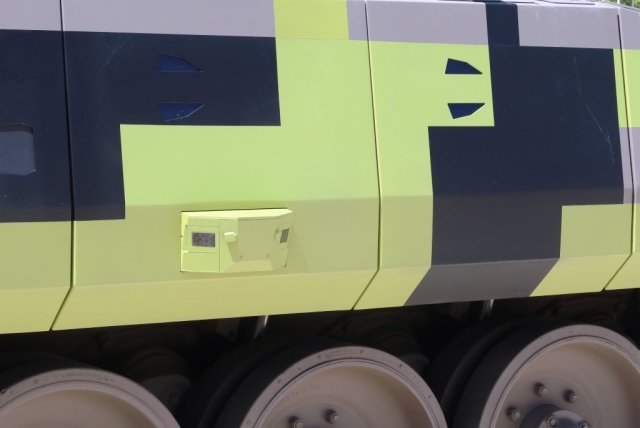
The promising KF51 Panther tank of the German Rheinmetall group at the exposition of the Eurosatory 2022 defense exhibition in Le Bourget, 13.06.2022 (c) P. Valpolini / www.edrmagazine.eu
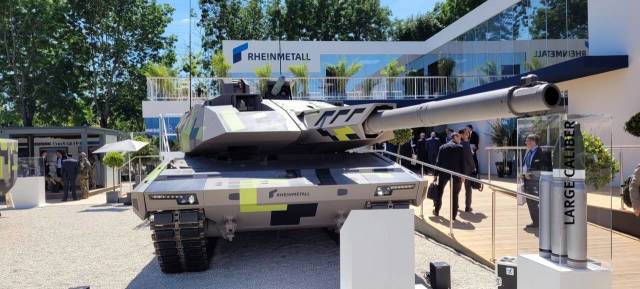
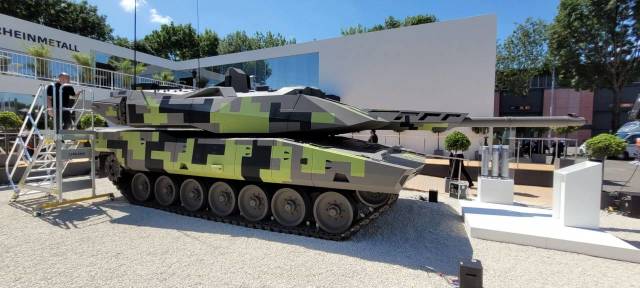
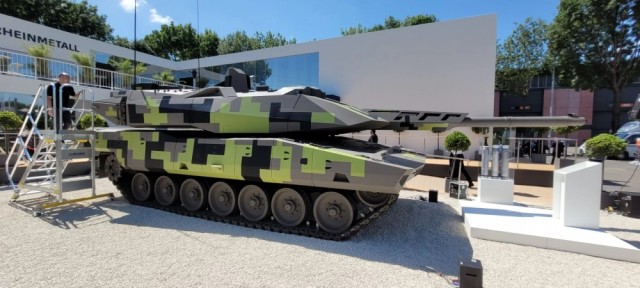
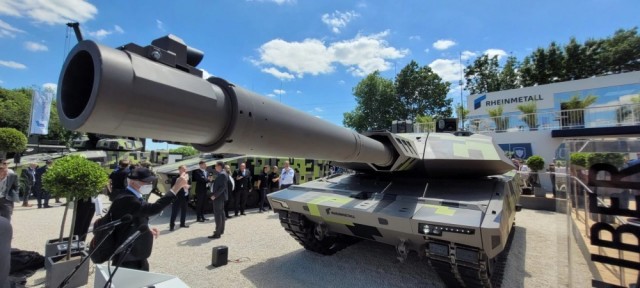
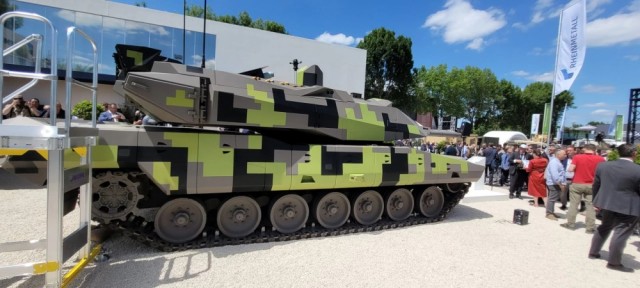
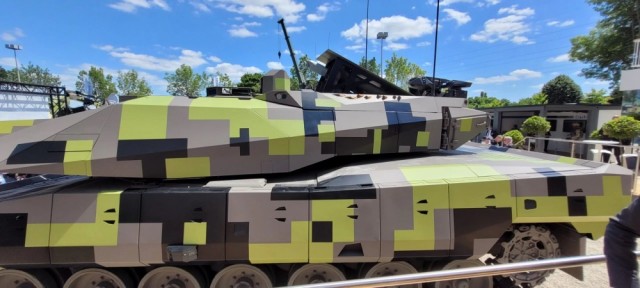
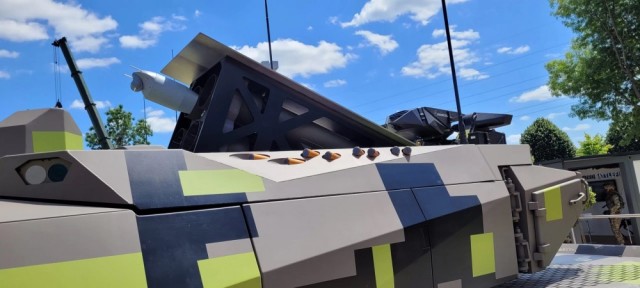
The promising KF51 Panther tank of the German Rheinmetall group at the Eurosatory 2022 defense exhibition in Le Bourget, 13.06.2022 (c) Jakub Link-Lenczowski / MILMAG
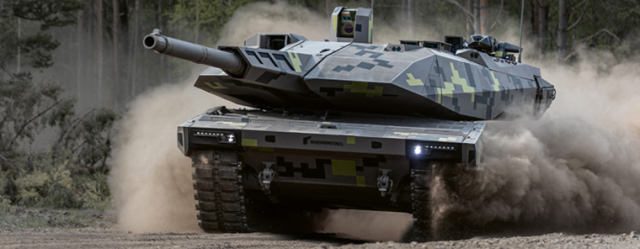
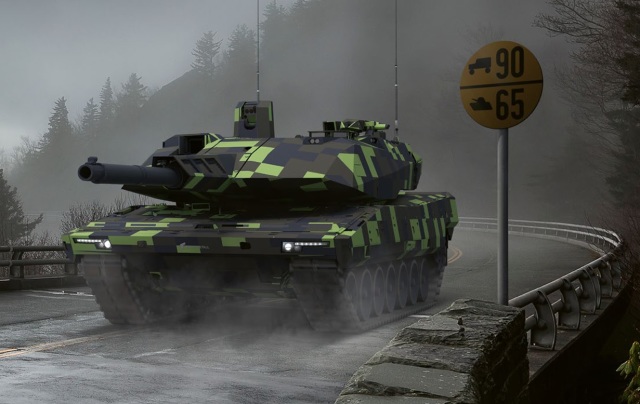
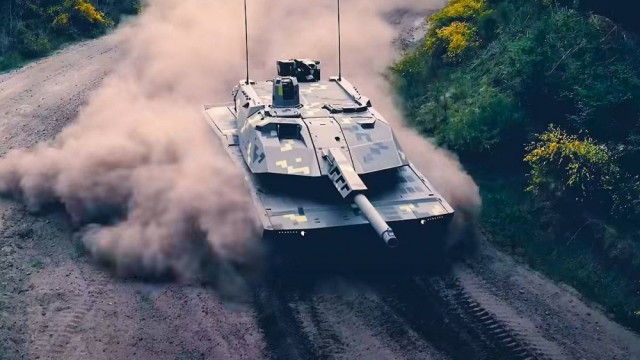
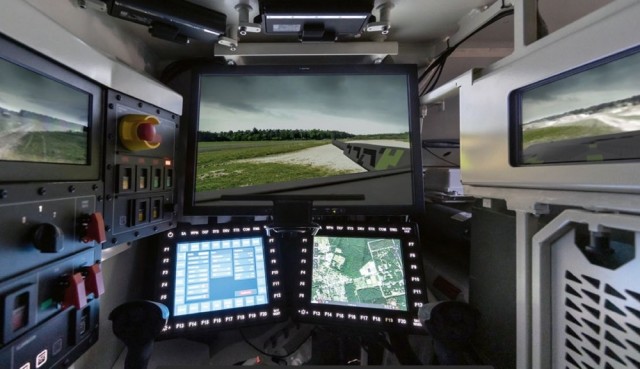
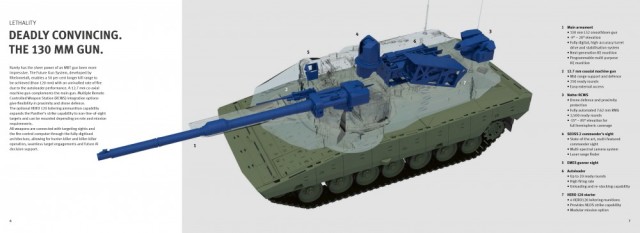
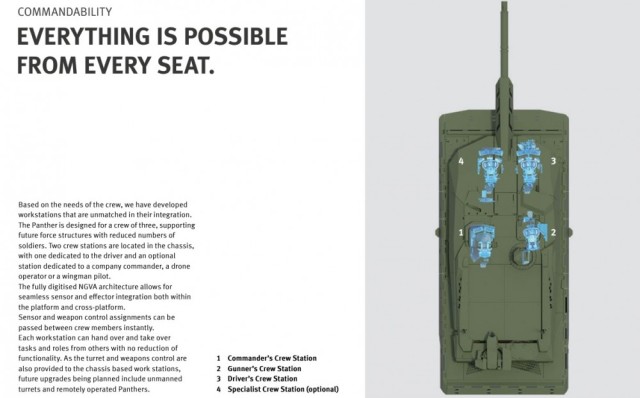
The promising KF51 Panther tank of the German Rheinmetall group (c) Rheinmetall
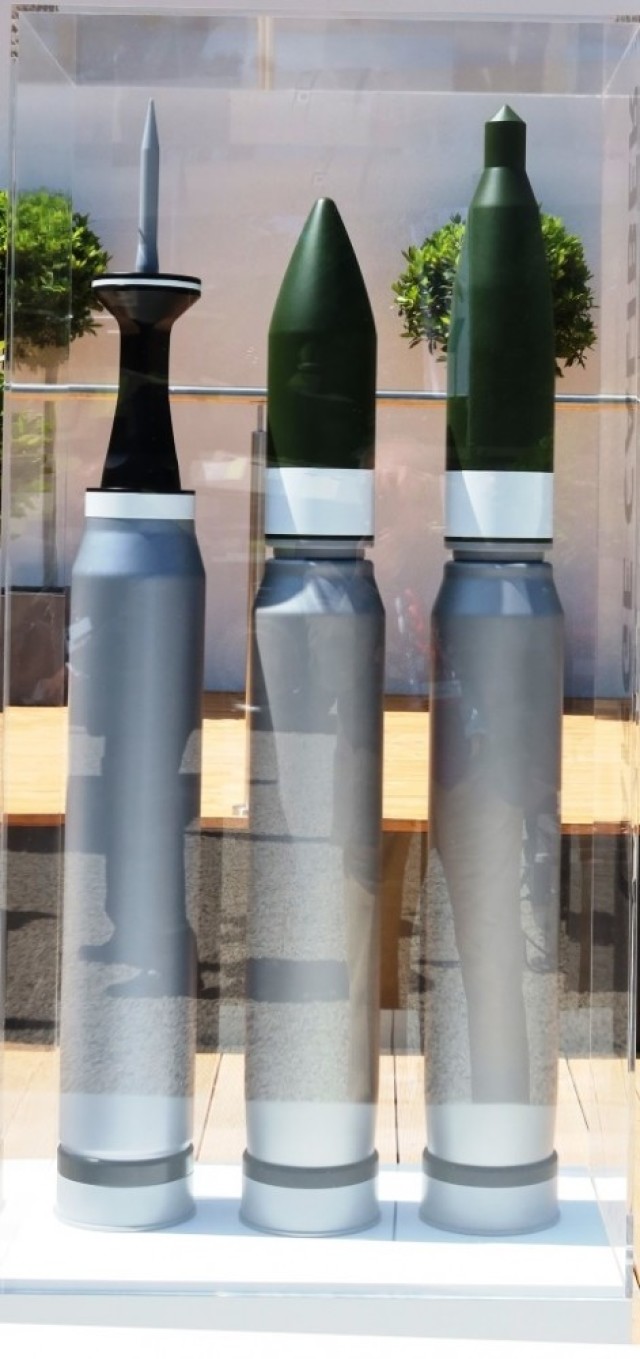
Shots of a promising 130 mm tank gun of the German Rheinmetall group at the exposition of the Eurosatory 2022 defense exhibition in Le Bourget, 13.06.2022 (c) P. Valpolini / www.edrmagazine.eu
Video:
